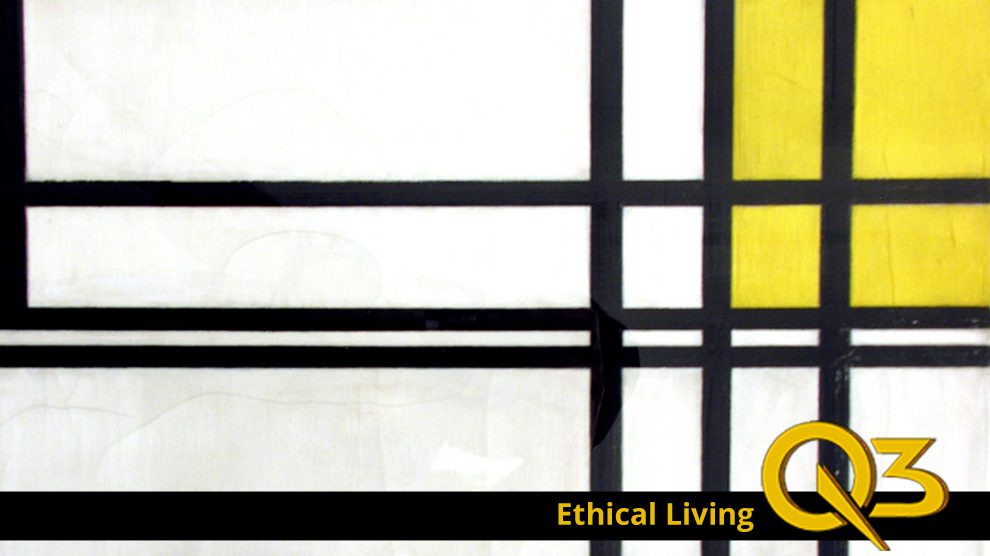By Sarah Belger
If minimalism becomes revolved around owning the right things just to achieve a certain ÔÇÿlookÔÇÖ, then this stands in complete juxtaposition to the actual purpose of minimalism as a movement. While itÔÇÖs easy to imagine a minimalist returning home to their white-walled, sparsely furnished flat in their head-to-toe greyscale outfit that they repeat every day, in reality, the average day in the life of a self-proclaimed minimalist is often not so different from that of you or me.
The idea of living with only what is necessary has been around as long as humanity, though admittedly this was often due more to necessity than choice. Minimalism developed as an artistic and architectural style throughout the 20th century, which we can argue is where the aesthetic idea of a minimalist lifestyle has been derived from. It was only really around 2006, however, that minimalism came to be seen as more than just a look. Writers and bloggers such as Leo Babauta and ÔÇÿThe MinimalistsÔÇÖ started spreading the idea that minimalism can be something which anyone can achieve, no matter how hard you think it may be. They put forward the view that it doesnÔÇÖt have to be so extreme; that itÔÇÖs not about depriving yourself of the things you love, but rather taking more time to think about whether or not certain objects really do bring value to your life and therefore having more energy to spend on the things that genuinely do.
Of course, itÔÇÖs true that there are people who simply own ten identical grey t-shirts or sleep just on a mattress in the middle of their bedroom. ThatÔÇÖs simply because theyÔÇÖve decided that for them, choosing which clothes to wear in the morning isnÔÇÖt something they want to spend time on. That same person might own hundreds of books or have countless envelopes full of old family photos that they choose to keep, even though they arguably donÔÇÖt ÔÇÿneedÔÇÖ them. Everyone on this planet leads a completely different life from the person next to them, so everyone needs and wants to own and prioritise different things. Adopting more minimalist habits simply means putting more thought into what you do own, and if for you that means a wardrobe full of clothes but a reasonably empty kitchen, then youÔÇÖre no less of a minimalist than someone who lives entirely out of their rucksack.
Minimalism for many is often about more than just the things you spend money on, but also about being intentional with how you spend your time. For example, limiting social media usage not only limits the amount of advertisement you see persuading you to go out and buy the latest gadgets, but also then creates more time for you to do the things youÔÇÖre really passionate about and to spend time with the people you want to prioritise. Minimalism can be introduced as a way of handling money. One common piece of advice when it comes to minimalist finances is to avoid what is called a ÔÇÿlifestyle creepÔÇÖ. This means that when you start to come into some money, say you receive a bonus or a promotion, donÔÇÖt just use this as an excuse to start making big changes to how you live your life. Continue living at the same level as you were before, provided this is comfortable enough, and within a few years youÔÇÖll have savings that wouldnÔÇÖt have been there otherwise.
Sometimes, initially, minimalism is about making sacrifices and hard decisions over things you may have had for years and years, but once you really get into it and start realising how many of your possessions you donÔÇÖt actually look at more than a few times a year, then youÔÇÖll see how much space, time and energy you have for the things that you really do care about. Minimalism can be whatever you want it to be; whether that be a black and white wardrobe, one piece of clothing in every colour under the sun, or somewhere in between. At the end of the day the point of the movement is to ensure that youÔÇÖre in no way deprived of the things you care about, but also that you donÔÇÖt have so much stuff that you forget what those things are.










